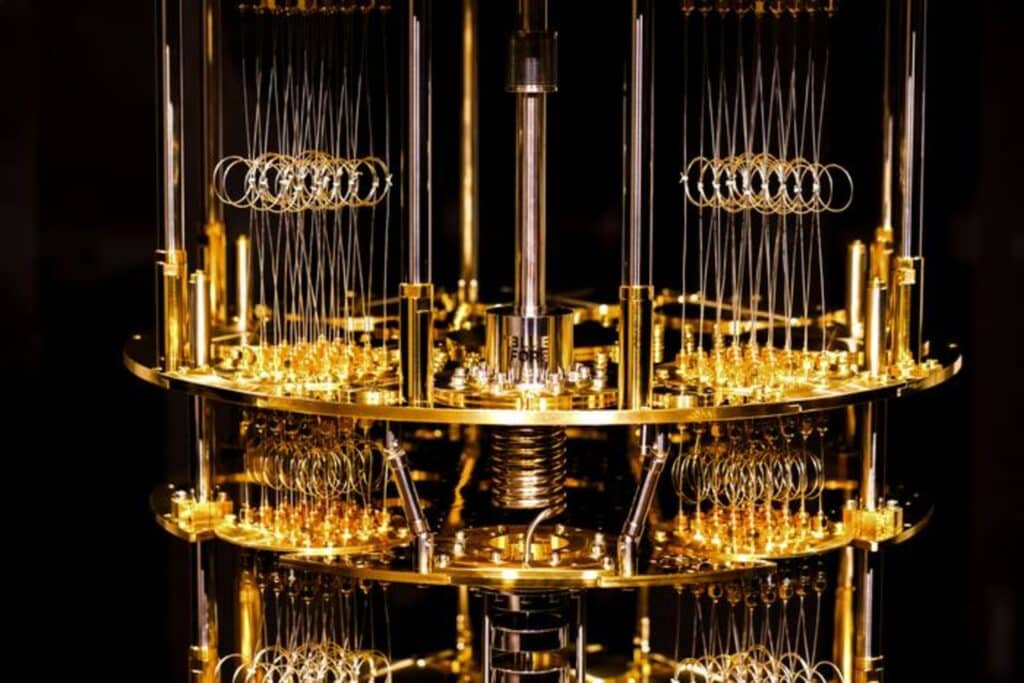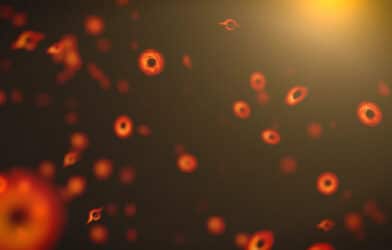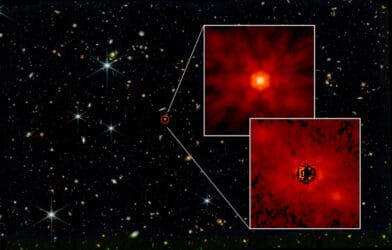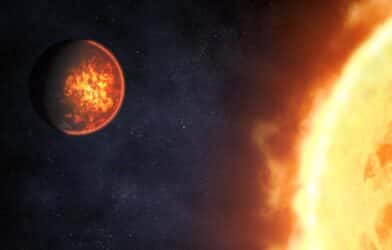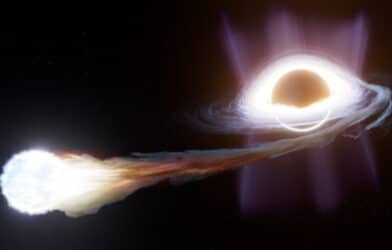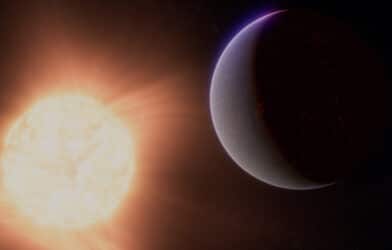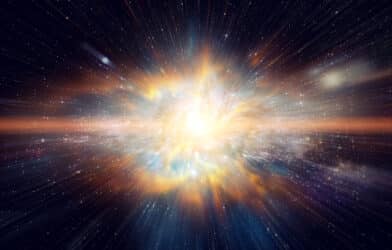Dark matter has baffled scientists for decades. While its presence is inferred from the gravitational influence it exerts on galaxies, it has remained elusive, never directly observed. Now, a group of physicists is embarking on a six-year mission to shed light on the enigmatic world of dark matter, focusing their efforts on a candidate particle called the axion.
Believed to be five times more abundant than regular matter, dark matter intrigues scientists due to its elusive nature. The axion, among competing theories, has emerged as a prime candidate to explain dark matter. Researchers at Aalto University in Finland are taking the lead in this quest as part of the newly formed DarkQuantum consortium. This international collaboration also involves researchers from the University of Zaragoza, the French National Centre for Scientific Research, Karlsruhe Institute of Technology, and other partner institutions.
The European Research Council has granted $13.6 million to the DarkQuantum consortium to fund their ambitious endeavor.
“We are peering into a deep, dark pit. If it exists, the axion goes beyond the standard model of elementary particles,” says Sorin Paraoanu, senior lecturer and docent at Aalto University, in a university release. “Such an observation would be comparable in significance to the Higgs boson discovery in the early 2010s. But at least with the Higgs boson, they knew where to start looking!”
What Is Dark Matter?
Dark matter is a hypothetical form of matter that is thought to make up about 85% of the matter in the universe. It is invisible to telescopes because it does not interact with light or other electromagnetic radiation. Despite the strong evidence for its existence, scientists do not yet know what dark matter is made of. There are a number of possible candidates, but none of them have yet been definitively detected. Some of the most popular dark matter candidates include weakly interacting massive particles (WIMPs), axions, and sterile neutrinos.
Axions are hypothetical elementary particles that were first proposed in 1977 to solve a problem in quantum chromodynamics (QCD), called the strong CP problem. QCD is the theory of the strong nuclear force, which is one of the four fundamental forces of nature.
The strong CP problem arises because QCD allows for a certain type of symmetry violation called CP violation. CP violation means that the laws of physics are not the same if particles are swapped with their antiparticles and if space is inverted or mirrored. However, CP violation is very small in the real world.

Axions Could Be Key To Solving Dark Matter Mystery
Axions were proposed as a way to explain why CP violation is so small. Axions interact with the strong force very weakly, and this interaction can suppress CP violation. If axions exist and have a mass within a certain range, they could be a significant component of dark matter.
“If dark matter is made of axions, we have a real chance of detecting it with this project,” notes Igor Garcia Irastorza, professor at University of Zaragoza and who also heads the DarkQuantum consortium.
While previous attempts to detect axions have been made, the DarkQuantum project aims to leverage cutting-edge quantum technologies to reduce experimental noise and enhance precision. This is where Paraoanu and his team play a crucial role.
Quantum Leap For Answers
The experiment involves two underground sensors — one located at the Canfranc Underground Laboratory beneath the mountains bordering Spain and France and another at the German Electron Synchrotron (DESY) in Hamburg. Paraoanu’s team is primarily responsible for building and fine-tuning the high-frequency sensor, referred to as a haloscope, which will probe the galactic halo for axions.
Placing the sensor deep underground helps eliminate interference from cosmic background radiation, providing a pristine environment for the sensitive equipment. Additionally, it offers a unique opportunity to study noise-reduction techniques relevant to quantum computing.
“Our high-frequency sensor will be 10-100 times more sensitive than previous iterations, and it will be able to scan on the scale of a few microelectron volts,” explains Paraoanu. “It will use superconducting qubits — the same qubits used in quantum computers — but they will serve in a different role as detectors in this haloscope.”
Unlike previous attempts using linear amplifiers, which introduced noise and absorbed particles, Paraoanu’s sensor relies on quantum nondemolition measurements. This approach allows for repeated experiments with the same particles, increasing the likelihood of detecting axions.
The theoretical foundation of their experiment involves introducing a magnetic field in an ultra-cold environment, causing any axions present to decay into photons. If the sensor detects photons in the cavity, it would provide strong evidence of the existence of axions.
The DarkQuantum project, funded through the European Research Council’s prestigious Synergy Grant, is split into two phases: a four-year scaling-up phase, including sensor construction and tuning, and a two-year experimental phase for data collection. Researchers anticipate opening positions for several team members over the course of the project.
The consortium comprises multiple partner institutions, including the Max Planck Society for the Advancement of the Sciences, the Polytechnic University of Cartagena, and the Spanish National Research Council. The grant awarded to Paraoanu’s team marks the second Synergy Grant in Aalto University’s history, signifying the significance and ambition of the DarkQuantum project.
